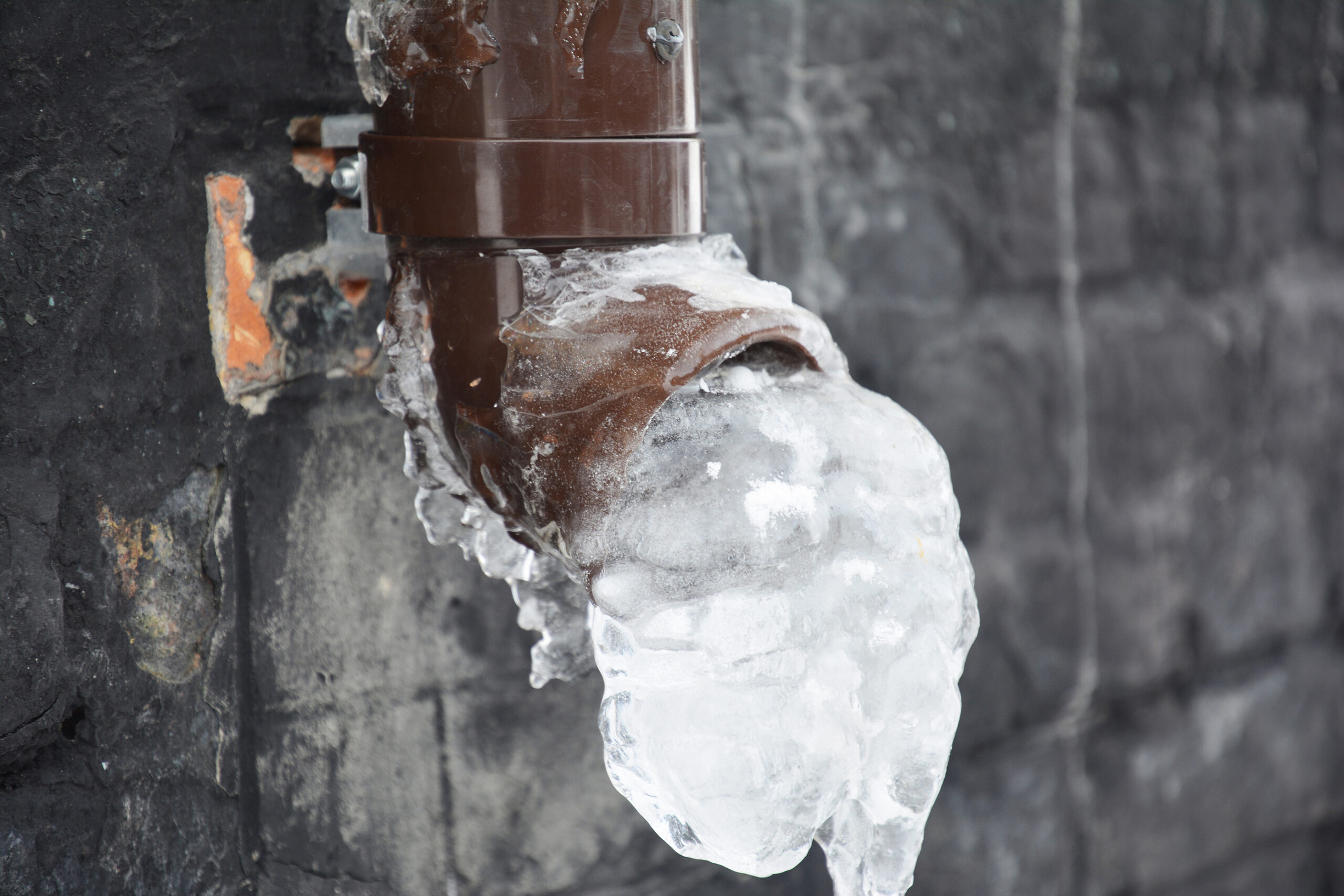Here on the next paragraphs you might get additional sound material relating to How to prepare your home plumbing for winter weather.

Cold weather can wreak havoc on your plumbing, particularly by freezing pipelines. Here's exactly how to stop it from occurring and what to do if it does.
Intro
As temperatures decline, the danger of icy pipes rises, potentially leading to expensive fixings and water damage. Comprehending how to stop frozen pipes is critical for property owners in cool climates.
Comprehending Icy Pipelines
What causes pipes to ice up?
Pipelines ice up when exposed to temperatures below 32 ° F (0 ° C) for extended periods. As water inside the pipelines ices up, it increases, taxing the pipeline wall surfaces and potentially triggering them to burst.
Risks and problems
Icy pipes can result in supply of water interruptions, residential property damage, and expensive repairs. Ruptured pipes can flooding homes and create substantial structural damage.
Signs of Frozen Pipeline
Identifying frozen pipes early can avoid them from breaking.
How to recognize frozen pipelines
Search for lowered water flow from faucets, uncommon odors or noises from pipes, and noticeable frost on exposed pipes.
Prevention Tips
Shielding vulnerable pipes
Cover pipelines in insulation sleeves or make use of warm tape to shield them from freezing temperature levels. Concentrate on pipes in unheated or exterior areas of the home.
Home heating techniques
Keep indoor spaces effectively warmed, especially locations with plumbing. Open closet doors to allow warm air to flow around pipes under sinks.
Safeguarding Outdoor Plumbing
Yard hose pipes and exterior taps
Detach and drain pipes yard tubes prior to winter. Mount frost-proof spigots or cover outdoor faucets with shielded caps.
What to Do If Your Pipelines Freeze
Immediate actions to take
If you believe icy pipes, maintain taps available to relieve stress as the ice thaws. Use a hairdryer or towels taken in hot water to thaw pipelines gradually.
Long-Term Solutions
Structural changes
Consider rerouting pipes far from outside walls or unheated areas. Include extra insulation to attics, basements, and crawl spaces.
Updating insulation
Buy top quality insulation for pipes, attic rooms, and wall surfaces. Appropriate insulation assists preserve consistent temperature levels and lowers the risk of frozen pipes.
Verdict
Avoiding frozen pipelines requires aggressive actions and quick reactions. By comprehending the causes, signs, and safety nets, property owners can safeguard their plumbing throughout winter.
5 Ways to Prevent Frozen Pipes
Drain Outdoor Faucets and Disconnect Hoses
First, close the shut-off valve that controls the flow of water in the pipe to your outdoor faucet. Then, head outside to disconnect and drain your hose and open the outdoor faucet to allow the water to completely drain out of the line. Turn off the faucet when done. Finally, head back to the shut-off valve and drain the remaining water inside the pipe into a bucket or container. Additionally, if you have a home irrigation system, you should consider hiring an expert to clear the system of water each year.
Insulate Pipes
One of the best and most cost-effective methods for preventing frozen water pipes is to wrap your pipes with insulation. This is especially important for areas in your home that aren’t exposed to heat, such as an attic. We suggest using foam sleeves, which can typically be found at your local hardware store.
Keep Heat Running at 65
Your pipes are located inside your walls, and the temperature there is much colder than the rest of the house. To prevent your pipes from freezing, The Insurance Information Institute suggests that you keep your home heated to at least 65 degrees, even when traveling. You may want to invest in smart devices that can keep an eye on the temperature in your home while you’re away.
Leave Water Dripping
Moving water — even a small trickle — can prevent ice from forming inside your pipes. When freezing temps are imminent, start a drip of water from all faucets that serve exposed pipes. Leaving a few faucets running will also help relieve pressure inside the pipes and help prevent a rupture if the water inside freezes.
Open Cupboard Doors
Warm your kitchen and bathroom pipes by opening cupboards and vanities. You should also leave your interior doors ajar to help warm air circulate evenly throughout your home.

I ran across that article about Preventing and dealing with frozen pipes when doing a search on the internet. Do you know somebody who is involved in the subject? Be sure share it. Thank-you for going through it.
Book An Appointment